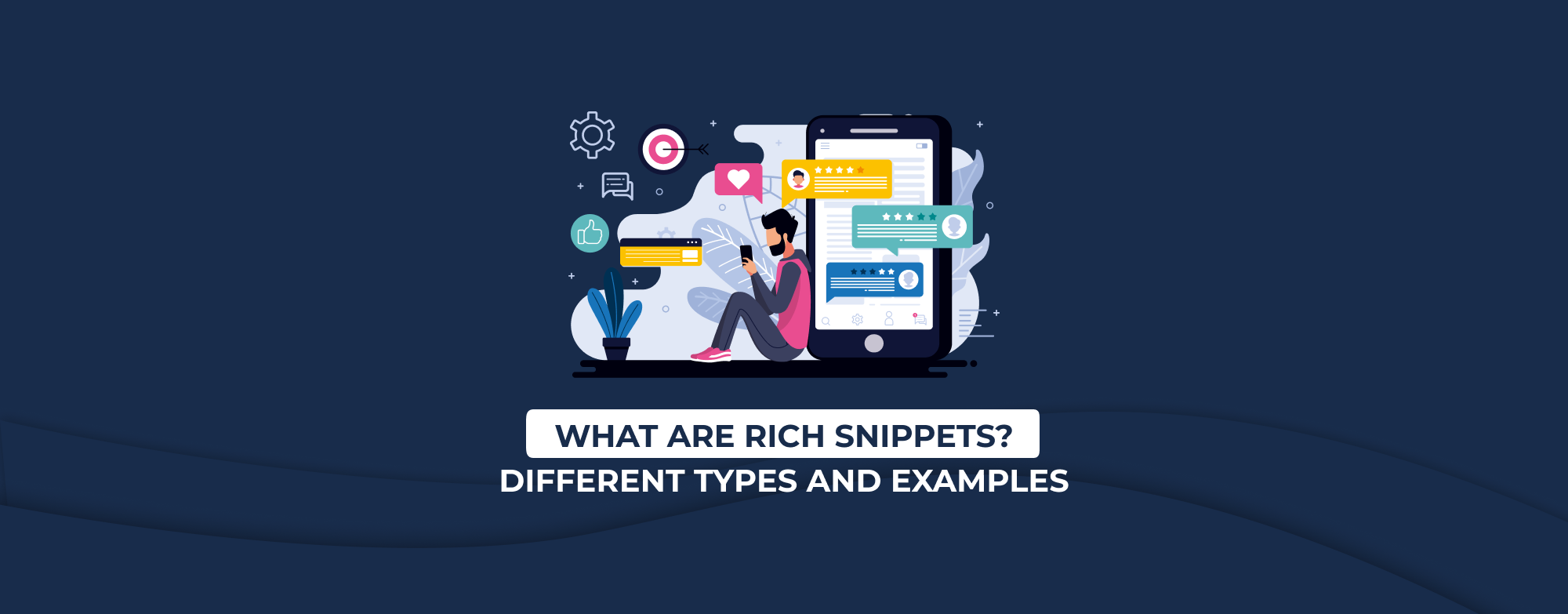
Rich Snippets for Shopify Stores: Different Types And Examples
Table of Contents
There are many kinds of rich snippets that can show up on Google search. These help some search results stand out from the rest and offer users a faster and easier way to get the information they're looking for.
In this post, we will be looking at the types of rich snippets Shopify stores use the most to stand out in searches and direct traffic to their product pages.
About Rich Snippets
The first thing is that you may already be using rich snippets even if you don't know what they are. That's because many themes already include markups for the data that you input into them.
However, they may have missing information (be incomplete) or have conflict issues, which may be why you're not getting rich snippets in your search results.
This is what one type of rich snippet looks like:
But that's just one kind of rich snippet and one of the simpler ones at that. Keep in mind that depending on the type of rich snippet you use, results can look vastly different and even offer users the ability to interact — for example, on a frequently asked questions snippet — with the ability to click on a question and see the answer to it.
Scroll down if you want to see the different types of rich snippets that are commonly used by Shopify stores (and eCommerce stores in general), but there's one more we need to talk to you about. It's the "boring" technical stuff about rich snippets. The devil's in the details, though.
How Rich Snippets Work
The way rich snippets work is the following:
First, you add markups to your site's code that tell search engines what they're looking at.
Then the search engine scans your page for these markups when it shows up in the search results.
If it detects these markups, it can then display the information marked in rich snippets and show them in their search results.
The key thing here is that the way you get rich snippets is by adding these markups or structured data (the thing that tells the search engine what the information is) to your Shopify store. That's pretty much the part of this process you can do anything about, the rest is automatic.
So how do you add these markups? It's called structured data.
Structured Data Formats
Google (and most other search engines) recognize three different structured data formats below. Which one you choose depends on what you're already using and what you're more familiar with. So let's look at the options here:
a/ Microdata
b/ JSON-LD
c/ RDFa
The more popular options (Microdata and JSON-LD) are probably what your Shopify theme is already using; that's likely the easiest option for you, given that some of the work has already been done for you.
Data Vocabulary
Once you choose a format, it's time to choose a data vocabulary. That's just what it sounds like a set of words or tags you're going to use that are recognized by search engines.
Schema.org vocabulary can be used with many different encodings, including RDFa, Microdata and JSON-LD. And because it is the most widely used vocabulary, that's the one we recommend you use.
Check out schema.org for more information on the different sets of types or schemas available.
The ways you markup the content on your Shopify store will determine the type of rich snippets displayed in search results so let's explore that.
Types Of Rich Snippets
The different types of rich snippets displayed in search results come from different markups associated with them. Understanding which markup results in which snippet is important so that you know when to use which one and what to use them for.
Person Or Organization
We're putting these two in one category because they serve a very similar purpose — to give you an idea of who a person is or what an organization is about.
It's the business card of rich snippets if you will.
That doesn't mean, however, that they can be used interchangeably.
Check out the different tags or "properties" between the schema type for "person" and "organization".
So even if you are one person, if you're operating as a brand or store, you should opt for the organization schema type. Instead, if you're an influencer with an online store, then it makes more sense to use the person schema type.
For reference, here's what a person's rich snippet looks like:
And here's an organization rich snippet:
Product / Offer
With a product rich snippet, users can see price, availability, and review ratings right in search results. That makes it one of the most important snippets you should include markups as a Shopify store owner.
And if you add structured data that tells Google or any other search engine that there's been a price drop, customers may notice it, so you can make sure they don't miss out on this. It's a super-effective way to communicate to a potential customer that you've got a special offer for them.
If you're in the US, you can even add structured data for shipping details. The rich snippet will also show estimated delivery timeframes based on location and your company's shipping policies.
Check out Google's guide on How To Add Markup To Your Product Pages.
Review
There's a difference between showing product ratings on a product rich snippet and a review rich snippet.
If you want your product to show the overall rating, the product rich snippet can do that if you add the corresponding structured data.
A review rich snippet is different. It focuses more on reviews than offering a product, though it can include an offering.
For example, the text featured in a review rich snippet isn't a description of the product from its product page. Instead, it will include an excerpt from a review.
Frequently Asked Questions
The frequently asked questions rich snippet lets users click on the featured questions and check the answers before buying. If an answer is too long to be featured as a whole, it will show an excerpt from the answer.
This is very useful when you're selling a relatively new or high-tech product (a cleaning robot, for example).
You can use this to answer questions related to the product, if there's a warranty, refund policy, etc. Questions can help potential customers who have concerns about a product they are about to buy.
Video
If you have a video explaining how to use, set up, or maintain one of the products you sell, a video rich snippet can be helpful.
Video snippets allow search engines to understand your video's content better. This way, they can feature your video in the search results so users don't even have to go to your site. That may sound bad, but it's not necessarily a bad thing.
If your customers can get what they want easier and faster, that's always a better user experience, and it's desirable even if you lose a bit of traffic.
You can even add structured data that tells a search engine when key moments of the video start and end so that users can skip straight to what they're looking for. And that's great even if you think it isn't. A metrics-oriented mindset would have you think "More time watching is better than less time watching," but that's not always true.
If your customers are watching because they need help with your product, think of it as customer service. Do you think spending more time in customer service is better than spending less time? Solving problems fast is better.
Provide your customers with what they want, and they'll reward you for it.
2.6 Others
We can't cover every single type of rich snippet out there. This would get too long. We did cover the ones we think would be most helpful to you.
But if you're interested in learning more about this, spend some time in Google's guide about Understanding How Structured Data Works and read the descriptions for schema-type properties on schema.org.
Rich snippets help you stand out from other search results, so they're very useful in your SEO efforts.
We hope to have answered all of your questions. If there's anything you think we missed, don't hesitate to contact us and let us know, we'd love to hear from you.
Opinew Blog Newsletter
Join the newsletter to receive the latest updates in your inbox.





